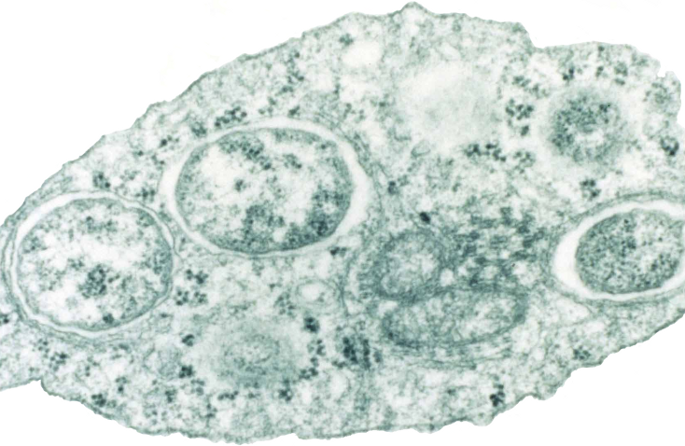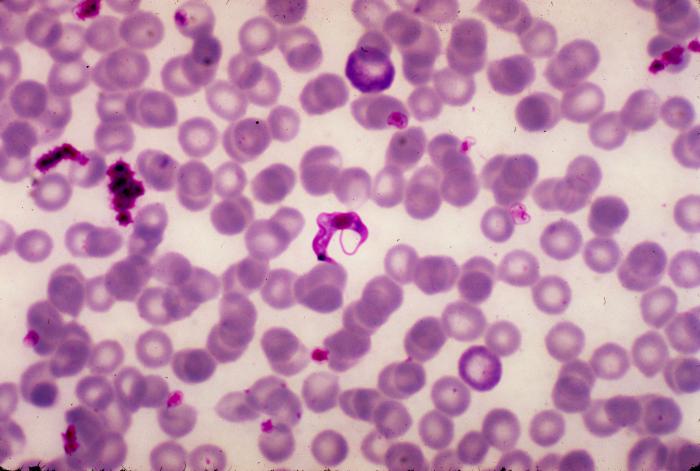Phylogenetics of Dracunculus Nematodes in North America
Madeline Giner, from the University of Texas at San Antonio, studied the phylogenetics of Dracunculus in the lab of Dr. Christopher Cleveland. The Dracunculus genus contains parasitic nematodes that infect a variety of hosts, including reptiles and mammals. Dracunculus medinensis, the Guinea worm, has gained much attention due to its history of infecting humans. Less


